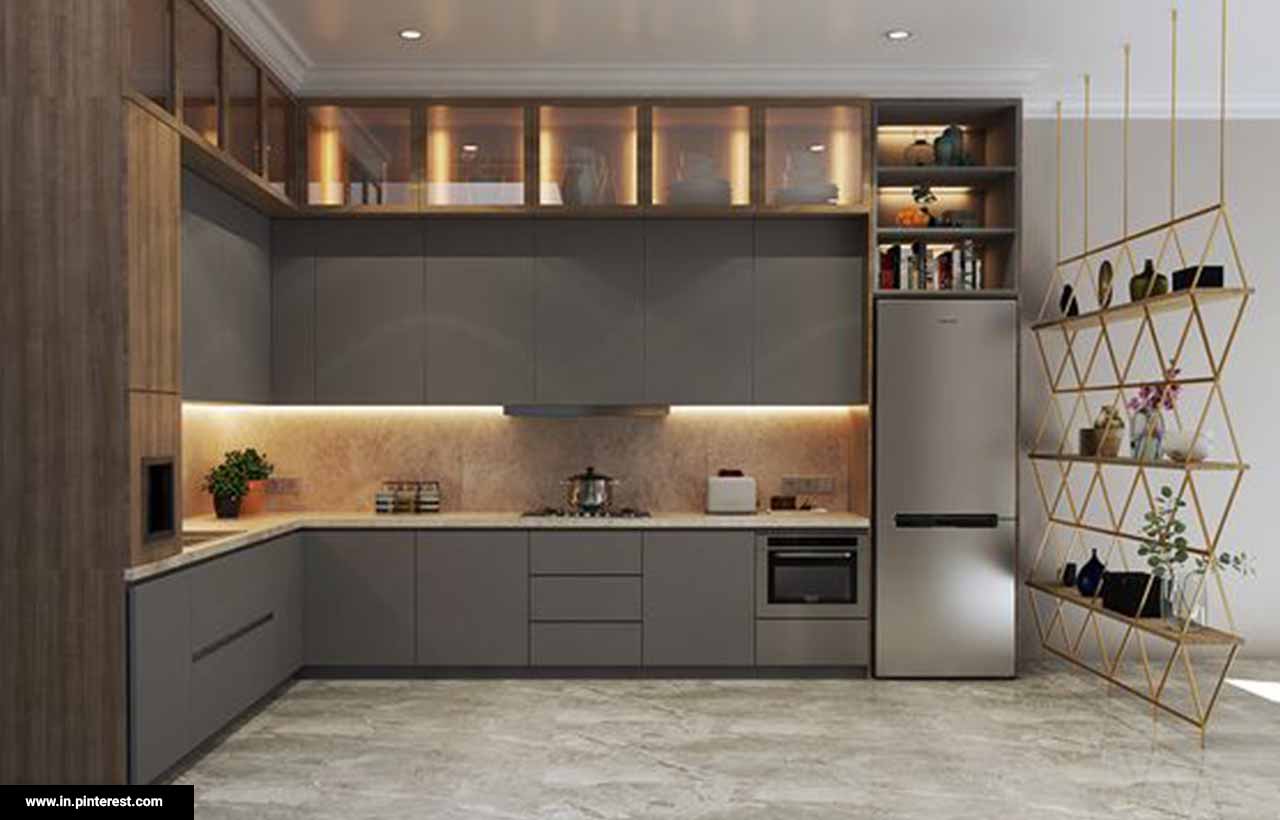
Designing Your Dream Modular Kitchen: A Step-by-Step Guide

The kitchen is the heart of any home, and designing a modular kitchen can transform it into a functional and stylish space that meets all your culinary needs. A modular kitchen offers flexibility, organization, and efficiency, making your cooking experience enjoyable and hassle-free. In this blog, we will guide you through the process of designing your dream modular kitchen, ensuring that it perfectly suits your preferences and lifestyle.
Step 1: Assess Your Needs and Lifestyle:
Before diving into the design process, take some time to evaluate your needs and lifestyle. Consider your cooking habits, family size, storage requirements, and any specific appliances or features you desire. This step will help you plan the layout and determine the functionality of your kitchen.
Step 2: Determine the Layout:
There are several common kitchen layouts, such as L-shaped, U-shaped, galley, and island. Choose a layout that maximizes space utilization and promotes smooth workflow. Consider factors like traffic flow, ergonomics, and the positioning of essential work zones, such as the cooking area, sink, and refrigerator.
Step 3: Plan the Work Zones:
Divide your kitchen into different work zones based on their functionality. The three primary zones are the storage zone, preparation zone, and cooking zone. Allocate ample space for each zone, ensuring they are conveniently located and interconnected. This arrangement will streamline your cooking process.
Step 4: Select Appropriate Materials and Finishes:
Choose high-quality materials and finishes that are durable, easy to clean, and aesthetically pleasing. Cabinets and countertops are key elements to focus on. Opt for materials like solid wood, laminate, or stainless steel for cabinets, and select countertops made of granite, quartz, or durable engineered materials.
Step 5: Consider Storage Solutions:
Modular kitchens excel in providing ample storage options. Determine your storage requirements and select cabinets, drawers, and shelves accordingly. Utilize corner spaces efficiently with rotating carousels or pull-out units. Incorporate vertical storage solutions like wall-mounted racks or hanging shelves to maximize space.
Step 6: Lighting and Ventilation:
Proper lighting and ventilation are essential for a functional kitchen. Incorporate a combination of ambient, task, and accent lighting to create a well-lit workspace. Install ventilating systems like chimneys or exhaust fans to remove cooking odors and maintain a fresh environment.
Step 7: Appliances and Fixtures:
Choose appliances and fixtures that align with your cooking needs and preferences. Consider energy efficiency, functionality, and aesthetics when selecting items like the stove, oven, refrigerator, dishwasher, and sink. Ensure they fit seamlessly into your kitchen layout.
Step 8: Personalize with Colors and Accessories:
Inject your personality into the kitchen design with colors, textures, and accessories. Choose a color scheme that reflects your style and complements the overall theme. Enhance the visual appeal with decorative elements like backsplashes, wall art, and plants.
Step 9: Seek Professional Guidance:
If you’re unsure about any aspect of your kitchen design, consider consulting a professional interior designer or kitchen planner. Their expertise and experience will help you make informed decisions, optimize space, and avoid costly mistakes.
Step 10: Regular Maintenance:
Once your modular kitchen is complete, regular maintenance is crucial to preserve its functionality and appearance. Follow manufacturer guidelines for cleaning and upkeep of appliances, cabinets, and countertops. Regularly declutter and organize your storage spaces to maintain order.
Conclusion:
Designing your dream modular kitchen is an exciting endeavor that requires careful planning and consideration. By assessing your needs, choosing the right layout, materials, and fixtures, and personalizing the space, you can create a kitchen that is not only beautiful but also efficient and functional. Remember to seek professional guidance when needed.


